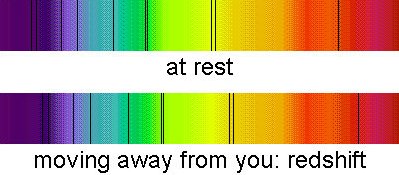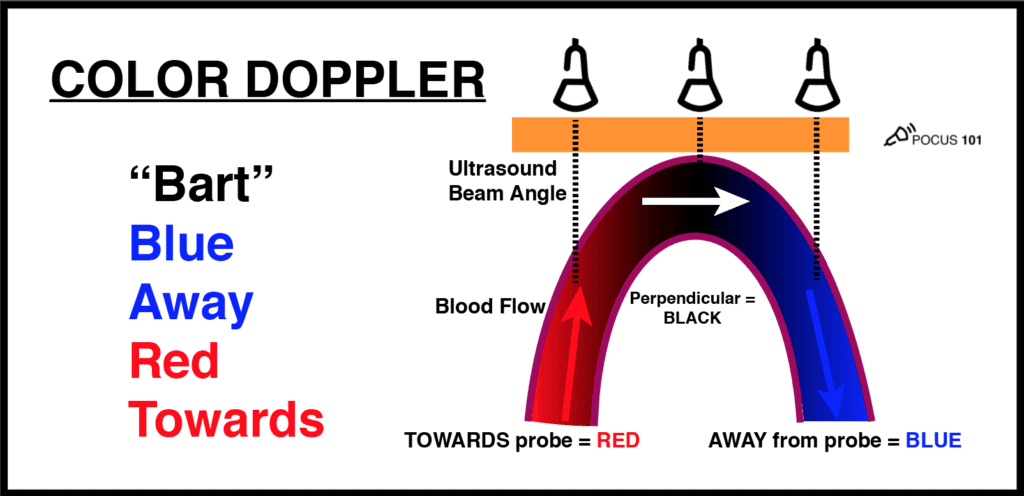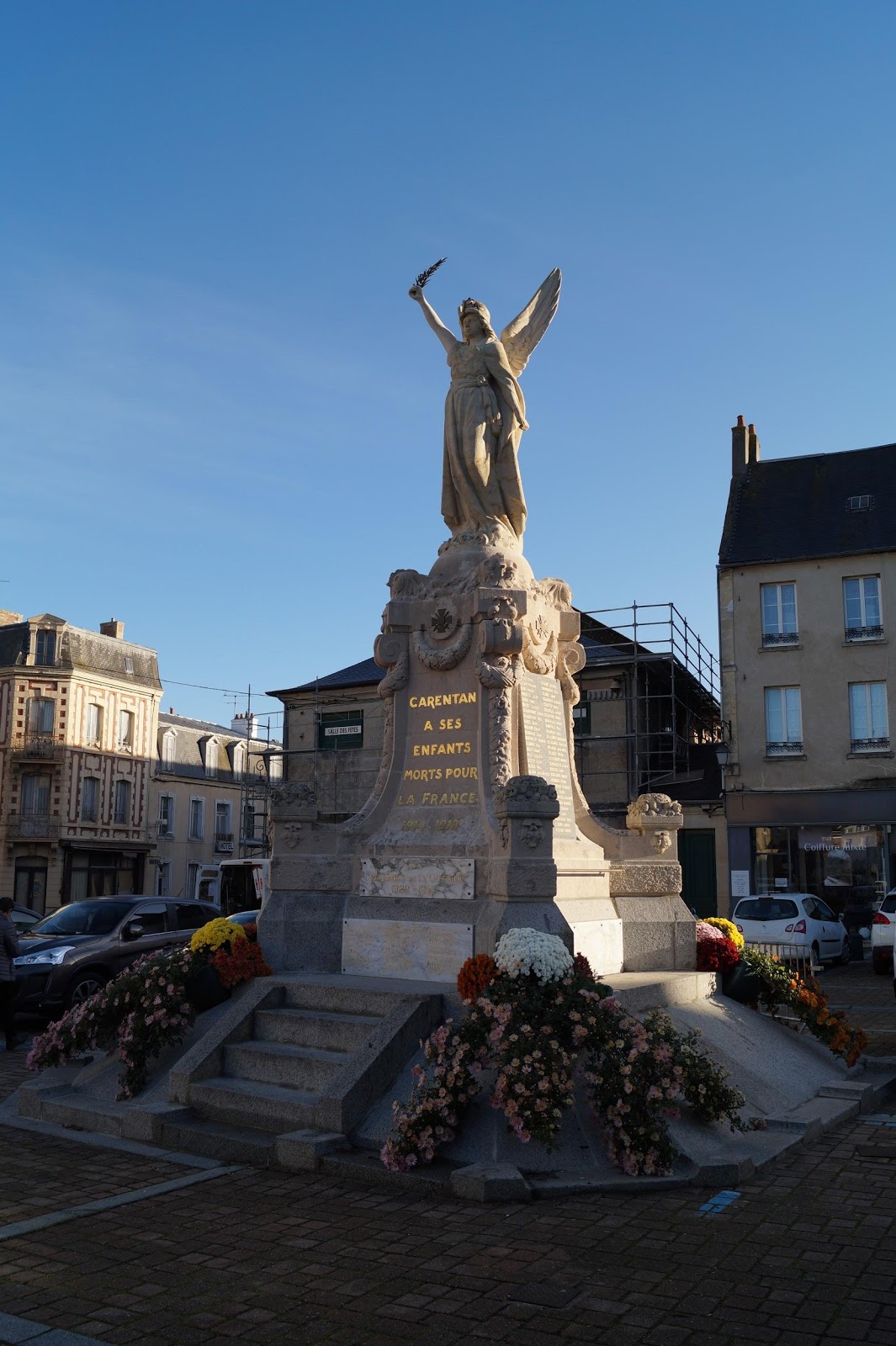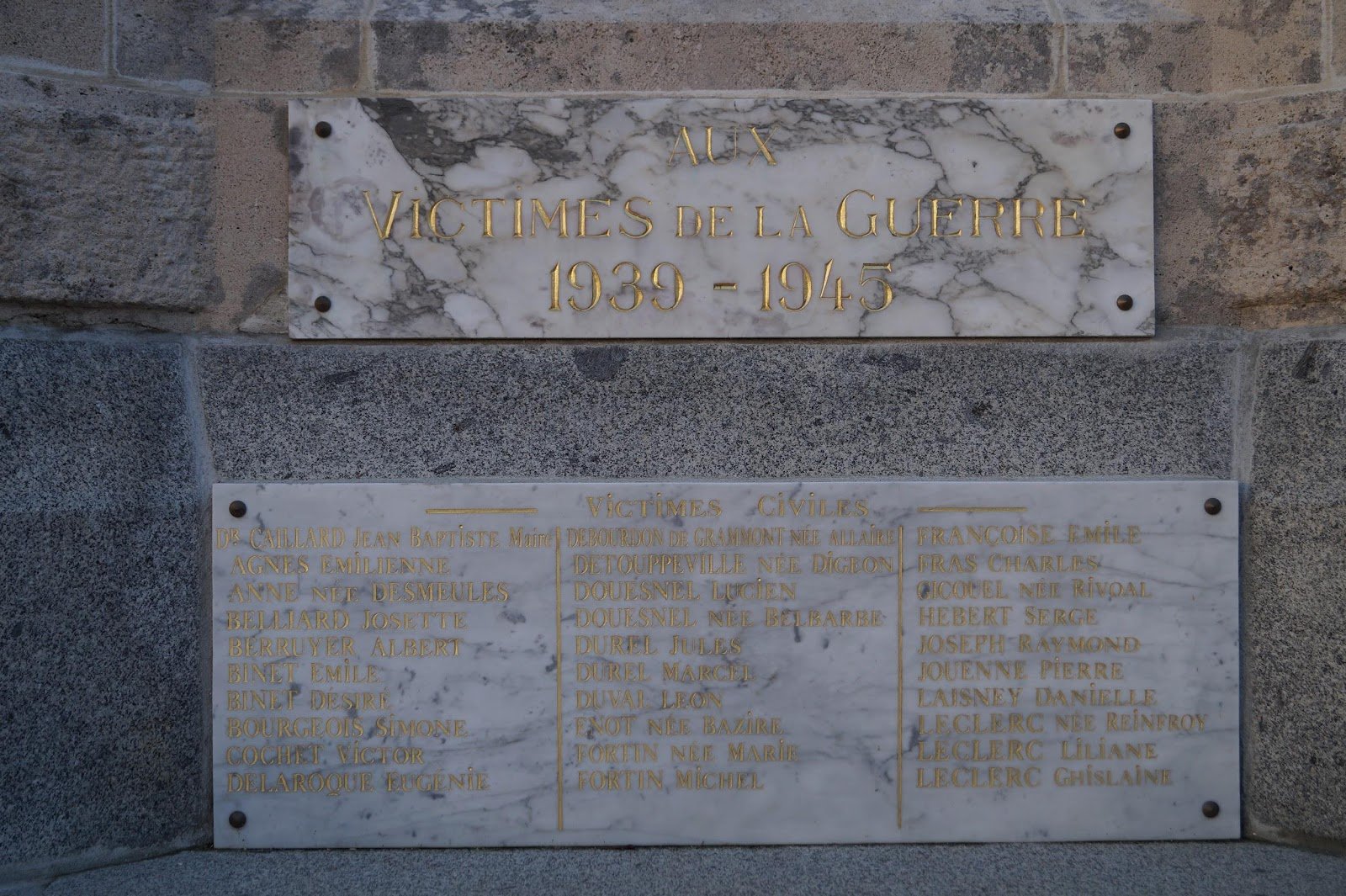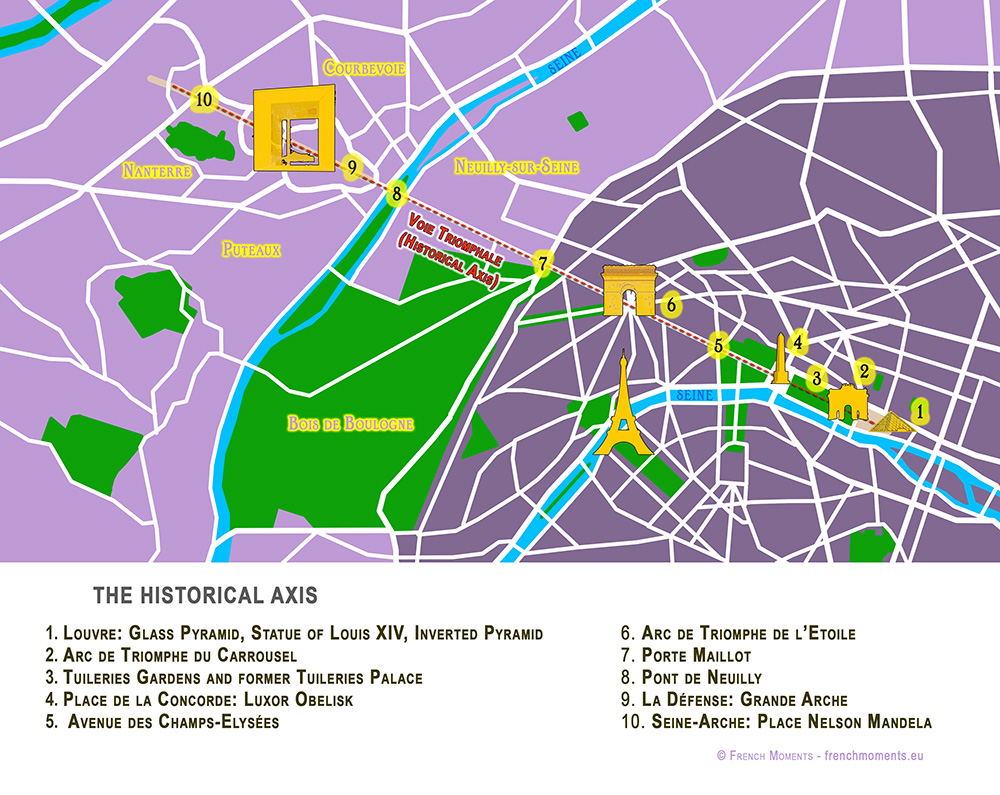|
|
General: FLAG OF ISRAEL=RENNES LE CHATEAU (FRANCE)=HOLY BRAIL=LIBERTY=DAVINCI CODE
Elegir otro panel de mensajes |
|
|
The flag of Israel was adopted on October 28, 1948, five months after the establishment of the State of Israel. The symbol in the centre represents the Star of David.
|
|
|
|
|


Different cyclotron size: a) Lawrence ́s first one, b) Venezuela First one (courtesy of Dorly Coehlo), c) Fermi National Laboratory at CERN. And size matters, and Cyclotrons win as best hospital candidates due to Reactors are bigger, harder and difficult to be set in a hospital installation. Can you imagine a nuclear reactor inside a health installation? Radiation Protection Program will consume all the budget available. Size, controlled reactions, electrical control, made cyclotrons easy to install, and baby cyclotrons come selfshielded so hospital don ́t need to spend money in a extremely large bunker. Now on, we are going to talk about our first experience with the set up of a baby cyclotron for medical uses inside the first PET installation in Latin America. “Baby” means its acceleration “D” diameters are suitable to be set inside a standard hospital room dimensions, with all its needs to be safetly shielded for production transmision and synthetized for human uses for imaging in Nuclear Medicine PET routine. When we ask why Cyclotrons are better than reactors for radioisotopes production to be used in Medicine, we also have to have in mind that they has: 1. Less radioactive waste 2. Less harmful debris
https://www.researchgate.net/figure/Different-cyclotron-size-a-Lawrence-s-first-one-b-Venezuela-First-one-courtesy-of_fig3_221906035
 
|
|
|
|
|
       

New International VersionIt is as if the dew of Hermon were falling on Mount Zion. For there the LORD bestows his blessing, even life forevermore.
New Living TranslationHarmony is as refreshing as the dew from Mount Hermon that falls on the mountains of Zion. And there the LORD has pronounced his blessing, even life everlasting.
English Standard VersionIt is like the dew of Hermon, which falls on the mountains of Zion! For there the LORD has commanded the blessing, life forevermore.
Berean Standard BibleIt is like the dew of Hermon falling on the mountains of Zion. For there the LORD has bestowed the blessing of life forevermore.
King James BibleAs the dew of Hermon, and as the dew that descended upon the mountains of Zion: for there the LORD commanded the blessing, even life for evermore.
New King James VersionIt is like the dew of Hermon, Descending upon the mountains of Zion; For there the LORD commanded the blessing— Life forevermore.
New American Standard BibleIt is like the dew of Hermon Coming down upon the mountains of Zion; For the LORD commanded the blessing there—life forever.
NASB 1995It is like the dew of Hermon Coming down upon the mountains of Zion; For there the LORD commanded the blessing— life forever.
NASB 1977It is like the dew of Hermon, Coming down upon the mountains of Zion; For there the LORD commanded the blessing—life forever.
Legacy Standard BibleIt is like the dew of Hermon Coming down upon the mountains of Zion; For there, Yahweh commanded the blessing—life forever.
Amplified BibleIt is like the dew of [Mount] Hermon Coming down on the hills of Zion; For there the LORD has commanded the blessing: life forevermore.
Christian Standard BibleIt is like the dew of Hermon falling on the mountains of Zion. For there the LORD has appointed the blessing — life forevermore.
Holman Christian Standard BibleIt is like the dew of Hermon falling on the mountains of Zion. For there the LORD has appointed the blessing— life forevermore.
American Standard VersionLike the dew of Hermon, That cometh down upon the mountains of Zion: For there Jehovah commanded the blessing, Even life for evermore.
Contemporary English VersionIt is like the dew from Mount Hermon, falling on Zion's mountains, where the LORD has promised to bless his people with life forevermore.
English Revised VersionLike the dew of Hermon, that cometh down upon the mountains of Zion: for there the LORD commanded the blessing, even life for evermore.
GOD'S WORD® TranslationIt is like dew on [Mount] Hermon, dew which comes down on Zion's mountains. That is where the LORD promised the blessing of eternal life.
Good News TranslationIt is like the dew on Mount Hermon, falling on the hills of Zion. That is where the LORD has promised his blessing--life that never ends.
International Standard VersionIt is like the dew of Hermon falling on Zion's mountains. For there the LORD commanded his blessing— life everlasting.
Majority Standard BibleIt is like the dew of Hermon falling on the mountains of Zion. For there the LORD has bestowed the blessing of life forevermore.
NET BibleIt is like the dew of Hermon, which flows down upon the hills of Zion. Indeed that is where the LORD has decreed a blessing will be available--eternal life.
New Heart English Biblelike the dew of Hermon, that comes down on the hills of Zion: for there the LORD gives the blessing, even life forevermore.
Webster's Bible TranslationAs the dew of Hermon, and as the dew that descended upon the mountains of Zion: for there the LORD commanded the blessing, even life for ever.
World English Biblelike the dew of Hermon, that comes down on the hills of Zion; for there Yahweh gives the blessing, even life forever more.
Literal Translations
Literal Standard VersionAs dew of Hermon—That comes down on hills of Zion, "" For there YHWH commanded the blessing—Life for all time!
Young's Literal TranslationAs dew of Hermon -- That cometh down on hills of Zion, For there Jehovah commanded the blessing -- Life unto the age!
Smith's Literal TranslationAs the dew of Hermon coming down upon the mountains of Zion: for there Jehovah commanded the blessing, life even forever.
Catholic Translations
Douay-Rheims Bibleas the dew of Hermon, which descendeth upon mount Sion. For there the Lord hath commandeth blessing, and life for evermore.
Catholic Public Domain VersionIt is like the dew of Hermon, which descended from mount Zion. For in that place, the Lord has commanded a blessing, and life, even unto eternity.
New American BibleLike dew of Hermon coming down upon the mountains of Zion. There the LORD has decreed a blessing, life for evermore!
New Revised Standard VersionIt is like the dew of Hermon, which falls on the mountains of Zion. For there the LORD ordained his blessing, life forevermore.
Translations from Aramaic
Lamsa BibleLike the dew of Hermon that falls upon the mount of Zion; for there the LORD commanded the blessing, even life for evermore.
Peshitta Holy Bible TranslatedLike the dew of Hermon that descends upon the mountain of Zion, because there LORD JEHOVAH commanded the blessing and the Life unto eternity.
OT Translations
JPS Tanakh 1917Like the dew of Hermon, That cometh down upon the mountains of Zion; For there the LORD commanded the blessing, Even life for ever.
Brenton Septuagint TranslationAs the dew of Aermon, that comes down on the mountains of Sion: for there, the Lord commanded the blessing, even life for ever.
Additional Translations ...
|
 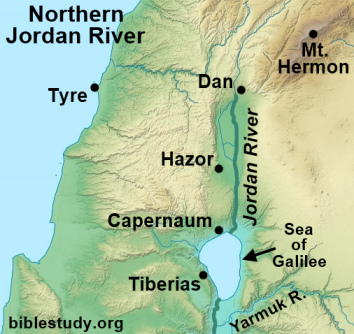  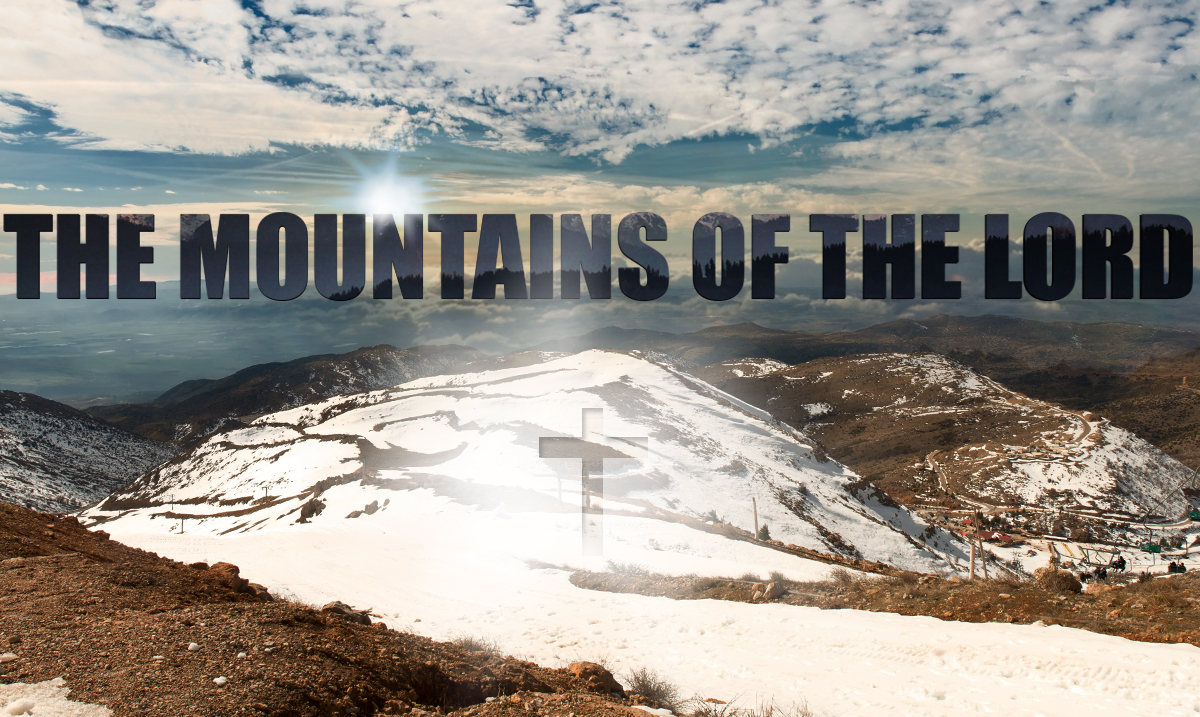    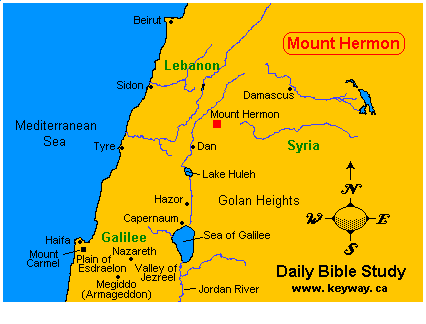         
|
|
|
|
|
La sonda espacial con destino a Saturno pone a prueba la teoría de Einstein
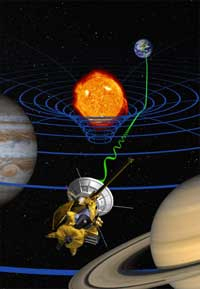 Concepto artístico del experimento de relatividad general. Concepto artístico del experimento de relatividad general.Un experimento realizado por científicos italianos con datos de la nave espacial Cassini de la NASA, actualmente en camino a Saturno, confirma la teoría de la relatividad general de Einstein con una precisión 50 veces mayor que las mediciones anteriores.
Los resultados aparecen en la edición del 25 de septiembre de la revista Nature. Forman parte de una colaboración científica entre la NASA y la Agencia Espacial Italiana. El experimento tuvo lugar en el verano de 2002, cuando la nave espacial y la Tierra se encontraban en lados opuestos del Sol, separados por una distancia de más de mil millones de kilómetros (aproximadamente 621 millones de millas).
Los investigadores observaron el cambio de frecuencia de las ondas de radio que se transmitían desde y hacia la nave espacial a medida que pasaban cerca del Sol. Midieron con precisión el cambio en el tiempo de ida y vuelta de la señal de radio a medida que viajaba cerca del Sol. El tiempo de ida y vuelta es el tiempo que tarda la señal transmitida desde la estación de la Red del Espacio Profundo en Goldstone, California, hasta la nave espacial en el otro lado del Sol y de regreso viajando a la velocidad de la luz.
"La importancia científica de estos resultados es la confirmación de la teoría de la relatividad general y la concordancia con las formulaciones de Einstein con una precisión experimental sin precedentes", dijo Sami Asmar, director del Radio Science Group, que adquirió los datos para este experimento en el Laboratorio de Propulsión a Chorro de la NASA en Pasadena, California. "La importancia tecnológica del experimento es la capacidad de superar el duro entorno solar mediante enlaces de radio".
Los investigadores midieron en qué medida la gravedad del Sol curvaba un rayo electromagnético, en este caso la señal de radio transmitida por la nave espacial y recibida por las estaciones terrestres.
Según la teoría de la relatividad general, un objeto masivo como el Sol hace que el espacio-tiempo se curve, y un haz de ondas de radio (o luz) que pasa por el Sol tiene que viajar más lejos debido a la curvatura. La distancia adicional que recorren las ondas de radio desde Cassini pasando por el Sol hasta la Tierra retrasa su llegada; la magnitud del retraso proporciona una prueba sensible de las predicciones de la teoría de Einstein. Aunque se esperan desviaciones de la relatividad general en algunos modelos cosmológicos, no se encontró ninguna en este experimento.
Las pruebas de la relatividad general tienen importantes implicaciones cosmológicas. La cuestión no es si la relatividad general es verdadera o falsa, sino a partir de qué nivel de precisión deja de describir la gravedad de forma realista.
Pruebas anteriores de la relatividad general confirmaron la predicción de Einstein con una precisión de una parte por mil. Esta precisión se logró en 1979 utilizando las sondas Viking en Marte. El experimento Cassini la confirmó con una precisión de 20 partes por millón. La clave de esta mejora ha sido la adopción de nuevas tecnologías en las telecomunicaciones espaciales.
El experimento no se hubiera podido realizar con este nivel de precisión en el pasado debido al ruido en el enlace de radio introducido por la corona solar. Con el experimento Cassini, este obstáculo se superó equipando el sistema de comunicación de la nave espacial con múltiples enlaces en diferentes frecuencias. Esta nueva capacidad en la nave espacial Cassini y en la antena de 34 metros (112 pies) de diámetro en Goldstone, permitió a los científicos eliminar los efectos del plasma interplanetario y solar de los datos de radio. Además, el ruido de la atmósfera de la Tierra se redujo considerablemente mediante un equipo especial instalado en el complejo Goldstone. Estos avances tecnológicos desarrollados para la misión Cassini han llevado a precisiones sin precedentes en las mediciones de velocidad, lo que beneficia a futuros experimentos científicos, así como a la navegación en el espacio profundo.
Los experimentos son parte de una serie de experimentos de radiociencia planificados para la fase de crucero de la misión, incluida la búsqueda de ondas gravitacionales de baja frecuencia.
Cassini comenzará a orbitar Saturno el 1 de julio de 2004 y liberará su sonda Huygens unos seis meses después para descender a través de la espesa atmósfera de la luna Titán.
Cassini-Huygens es una misión cooperativa de la NASA, la Agencia Espacial Europea y la Agencia Espacial Italiana. El JPL, una división de Caltech, administra la misión para la Oficina de Ciencias Espaciales de la NASA en Washington, DC. Los autores del artículo de Nature, "Una nueva prueba de la relatividad general con la misión espacial Cassini", son el Dr. Bruno Bertotti de la Universidad de Pavía, Italia; el Dr. Luciano Iess de la Universidad de Roma "La Sapienza", Italia; y el Dr. Paolo Tortora de la Universidad de Bolonia, Italia.
https://solarsystem-nasa-gov.translate.goog/news/12249/saturn-bound-spacecraft-tests-einsteins-theory/?_x_tr_sl=en&_x_tr_tl=es&_x_tr_hl=es&_x_tr_pto=sc |
|
|
|
|
Place de la république, War Memorial
Names of the French civilian killed during WWII
On June 23rd, 1944, a ceremony was organized to award the Silver Star to some American soldiers on the “Place de la république”. Danièle Laisney a little girl, was killed tragically by a German shrapnel shell while giving a bouquet of flowers to an American officer.
She was only 4 years old....
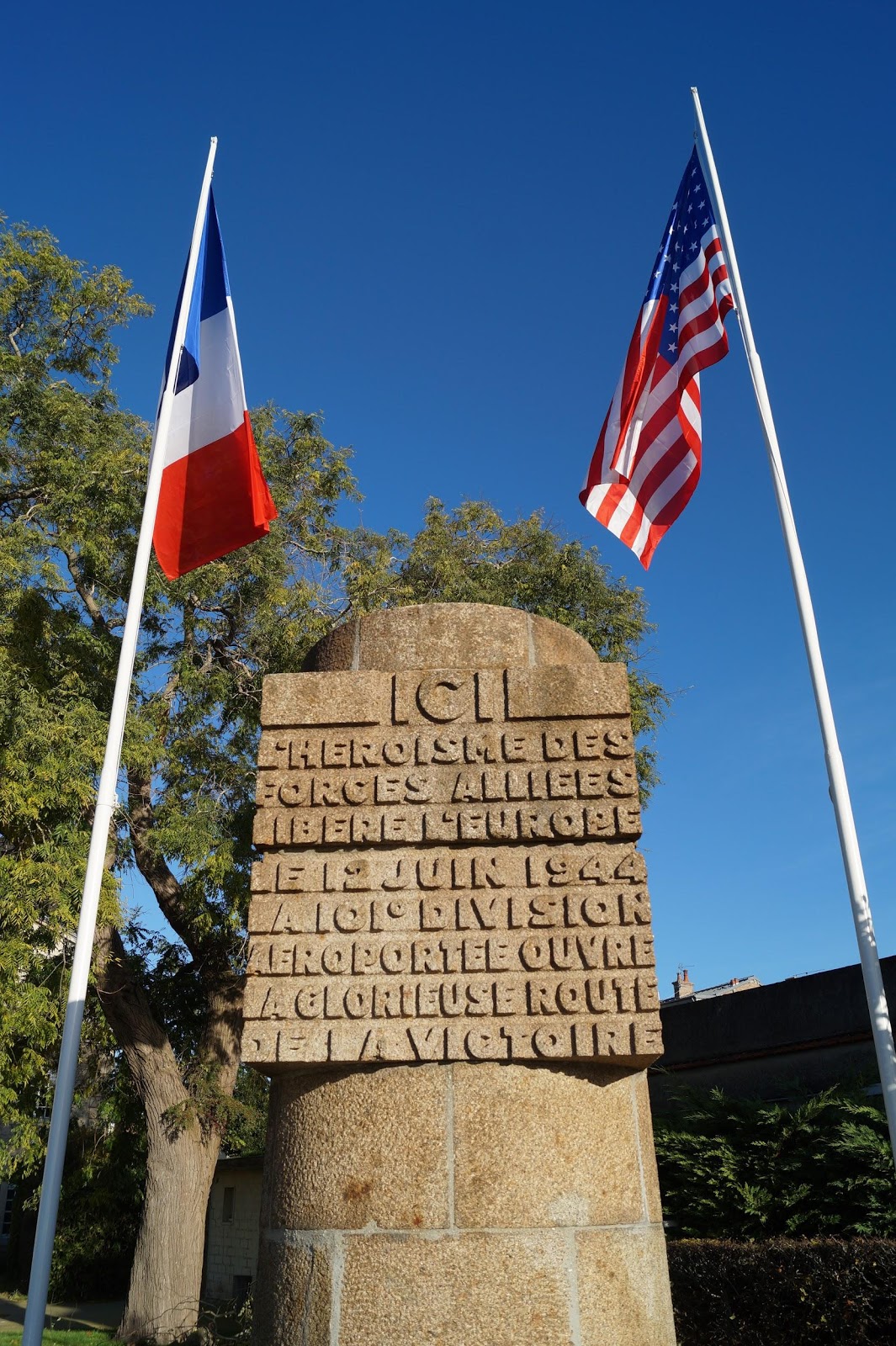
Town Hall monument to honor the 101st Airborne PIR & GIR
|
|
|
|
|
11/9/1941-1/1/1942=111 DAYS (PENTAGON FUNDATION SEPTEMBER 11TH 1941)
1/1/1942-21/4/1942=111 DAYS (ROME FUNDATION)
1/1/1942-10/8/1942=222 DAYS (SAINT LAWRENCE)
1/1/1941-10/8/1942=333 DAYS (SAINT LAWRENCE-911)
11/9/1941-16/2/1944= 888 DAYS
11/9/1941-28/10/1943=777 DAYS (PHILADELPHIA EXPERIMENT)
11/9/1941-6/6/1944 (DAY D)=999 DAYS (DAY D)
|
|
|
|
|
Earth from Space – Arc de Triomphe, Paris
Status Report
May 13, 2022

Arc de Triomphe, Paris.
ESA
This striking, high-resolution image of the Arc de Triomphe, in Paris, was captured by Planet SkySat – a fleet of satellites that have just joined ESA’s Third Party Mission Programme in April 2022.
The Arc de Triomphe, or in full Arc de Triomphe de l’Étoile, is an iconic symbol of France and one of the world’s best-known commemorative monuments. The triumphal arch was commissioned by Napoleon I in 1806 to celebrate the military achievements of the French armies. Construction of the arch began the following year, on 15 August (Napoleon’s birthday).
The arch stands at the centre of the Place Charles de Gaulle, the meeting point of 12 grand avenues which form a star (or étoile), which is why it is also referred to as the Arch of Triumph of the Star. The arch is 50 m high and 45 m wide.
The names of all French victories and generals are inscribed on the arch’s inner and outer surfaces, while the Tomb of the Unknown Soldier from World War I lies beneath its vault. The tomb’s flame is rekindled every evening as a symbol of the enduring nature of the commemoration and respect shown to those who have fallen in the name of France.
The Arc de Triomphe’s location at the Place Charles de Gaulle places it at the heart of the capital and the western terminus of the Avenue des Champs-Élysées (visible in the bottom-right of the image). Often referred to as the ‘most beautiful avenue in the world’, the Champs-Élysées is known for its theatres, cafés and luxury shops, as the finish of the Tour de France cycling race, as well as for its annual Bastille Day military parade.
This image, captured on 9 April 2022, was provided by Planet SkySat – a fleet of 21 very high-resolution satellites capable of collecting images multiple times during the day. SkySat’s satellite imagery, with 50 cm spatial resolution, is high enough to focus on areas of great interest, identifying objects such as vehicles and shipping containers.
SkySat data, along with PlanetScope (both owned and operated by Planet Labs), serve numerous commercial and governmental applications. These data are now available through ESA’s Third Party Mission programme – enabling researchers, scientists and companies from around the world the ability to access Planet’s high-frequency, high-resolution satellite data for non-commercial use.
Within this programme, Planet joins more than 50 other missions to add near-daily PlanetScope imagery, 50 cm SkySat imagery, and RapidEye archive data to this global network.
Peggy Fischer, Mission Manager for ESA’s Third Party Missions, commented, “We are very pleased to welcome PlanetScope and SkySat to ESA’s Third Party Missions portfolio and to begin the distribution of the Planet data through the ESA Earthnet Programme.
“The high-resolution and high-frequency imagery from these satellite constellations will provide an invaluable resource for the European R&D and applications community, greatly benefiting research and business opportunities across a wide range of sectors.”
To find out more on how to apply to the Earthnet Programme and get started with Planet data, click here.
– Download the full high-resolution image.
|
|
|
|
|
Earth from Space – Arc de Triomphe, Paris
Status Report
May 13, 2022

Arc de Triomphe, Paris.
ESA
This striking, high-resolution image of the Arc de Triomphe, in Paris, was captured by Planet SkySat – a fleet of satellites that have just joined ESA’s Third Party Mission Programme in April 2022.
The Arc de Triomphe, or in full Arc de Triomphe de l’Étoile, is an iconic symbol of France and one of the world’s best-known commemorative monuments. The triumphal arch was commissioned by Napoleon I in 1806 to celebrate the military achievements of the French armies. Construction of the arch began the following year, on 15 August (Napoleon’s birthday).
The arch stands at the centre of the Place Charles de Gaulle, the meeting point of 12 grand avenues which form a star (or étoile), which is why it is also referred to as the Arch of Triumph of the Star. The arch is 50 m high and 45 m wide.
The names of all French victories and generals are inscribed on the arch’s inner and outer surfaces, while the Tomb of the Unknown Soldier from World War I lies beneath its vault. The tomb’s flame is rekindled every evening as a symbol of the enduring nature of the commemoration and respect shown to those who have fallen in the name of France.
The Arc de Triomphe’s location at the Place Charles de Gaulle places it at the heart of the capital and the western terminus of the Avenue des Champs-Élysées (visible in the bottom-right of the image). Often referred to as the ‘most beautiful avenue in the world’, the Champs-Élysées is known for its theatres, cafés and luxury shops, as the finish of the Tour de France cycling race, as well as for its annual Bastille Day military parade.
This image, captured on 9 April 2022, was provided by Planet SkySat – a fleet of 21 very high-resolution satellites capable of collecting images multiple times during the day. SkySat’s satellite imagery, with 50 cm spatial resolution, is high enough to focus on areas of great interest, identifying objects such as vehicles and shipping containers.
SkySat data, along with PlanetScope (both owned and operated by Planet Labs), serve numerous commercial and governmental applications. These data are now available through ESA’s Third Party Mission programme – enabling researchers, scientists and companies from around the world the ability to access Planet’s high-frequency, high-resolution satellite data for non-commercial use.
Within this programme, Planet joins more than 50 other missions to add near-daily PlanetScope imagery, 50 cm SkySat imagery, and RapidEye archive data to this global network.
Peggy Fischer, Mission Manager for ESA’s Third Party Missions, commented, “We are very pleased to welcome PlanetScope and SkySat to ESA’s Third Party Missions portfolio and to begin the distribution of the Planet data through the ESA Earthnet Programme.
“The high-resolution and high-frequency imagery from these satellite constellations will provide an invaluable resource for the European R&D and applications community, greatly benefiting research and business opportunities across a wide range of sectors.”
To find out more on how to apply to the Earthnet Programme and get started with Planet data, click here.
– Download the full high-resolution image.
|
|
|
|
|
| Foundation stone. On August 15, 1806, Emperor Napoleon I's birthday, the foundation stone of the building was laid at a depth of eight meters, between the two southern pillars. |
|
|
|
|
| Enviado: 21/10/2024 10:30 |
|
|
|
|
|
|
|
|
 Primer Primer
 Anterior
19 a 33 de 33
Siguiente Anterior
19 a 33 de 33
Siguiente
 Último
Último

|
|
| |
|
|
©2025 - Gabitos - Todos los derechos reservados | |
|
|




/image%2F1478607%2F20230820%2Fob_3fae5a_2023-07-12-rennes-le-chateau-page-14.jpg)

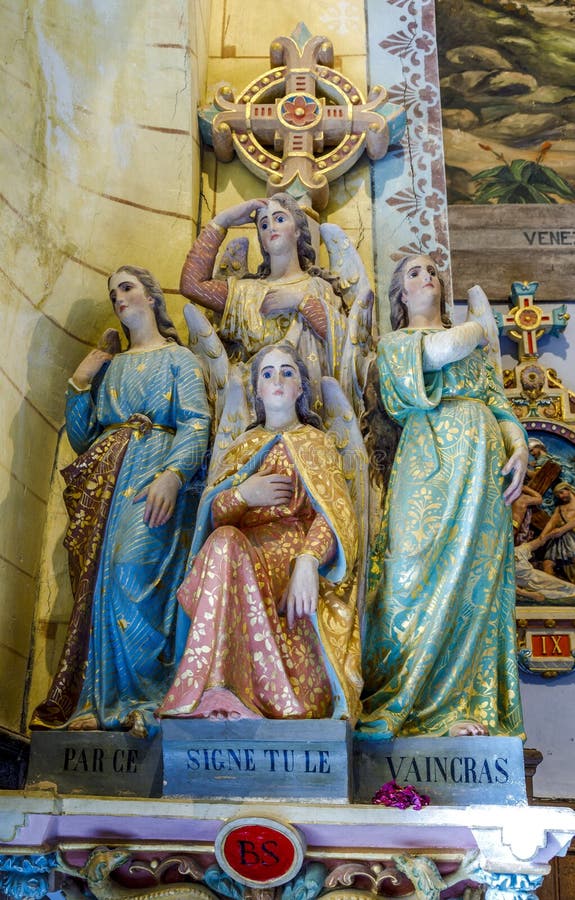




























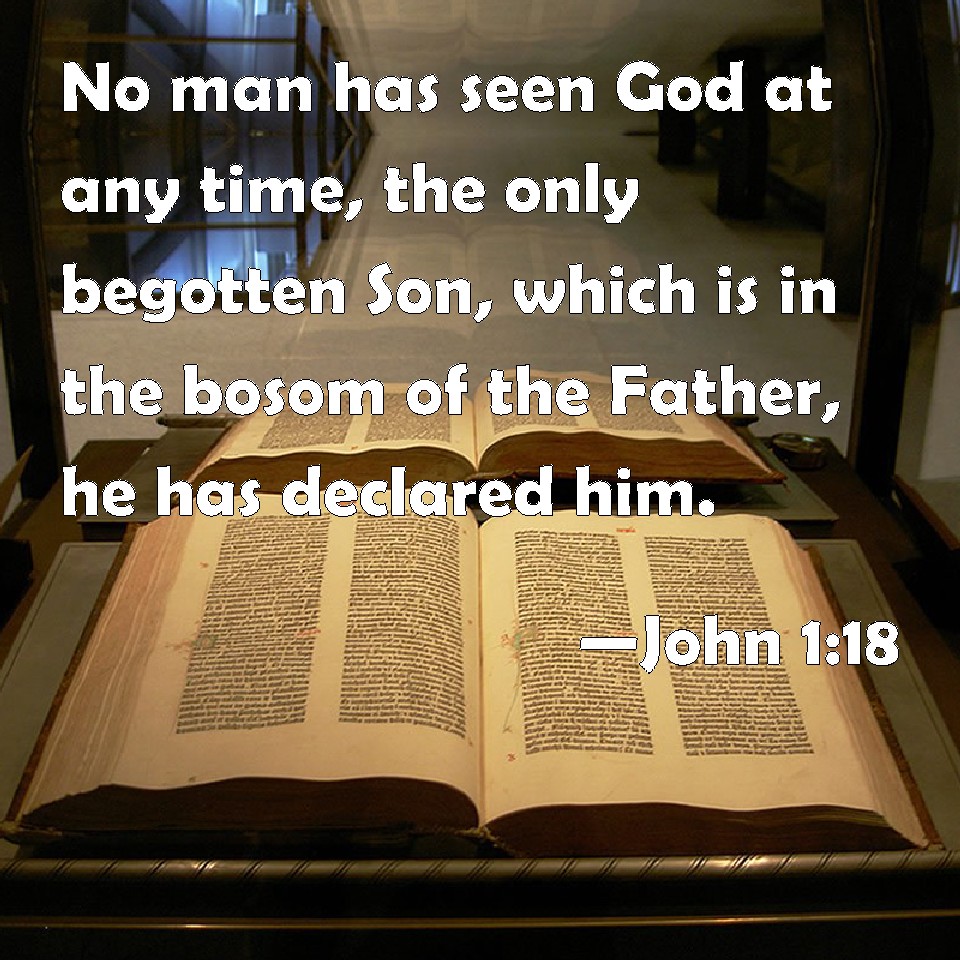














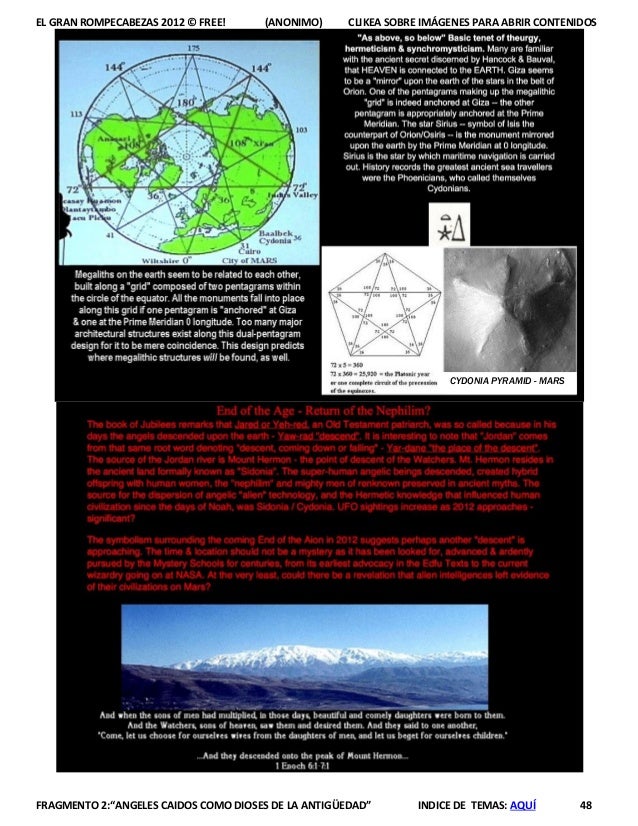

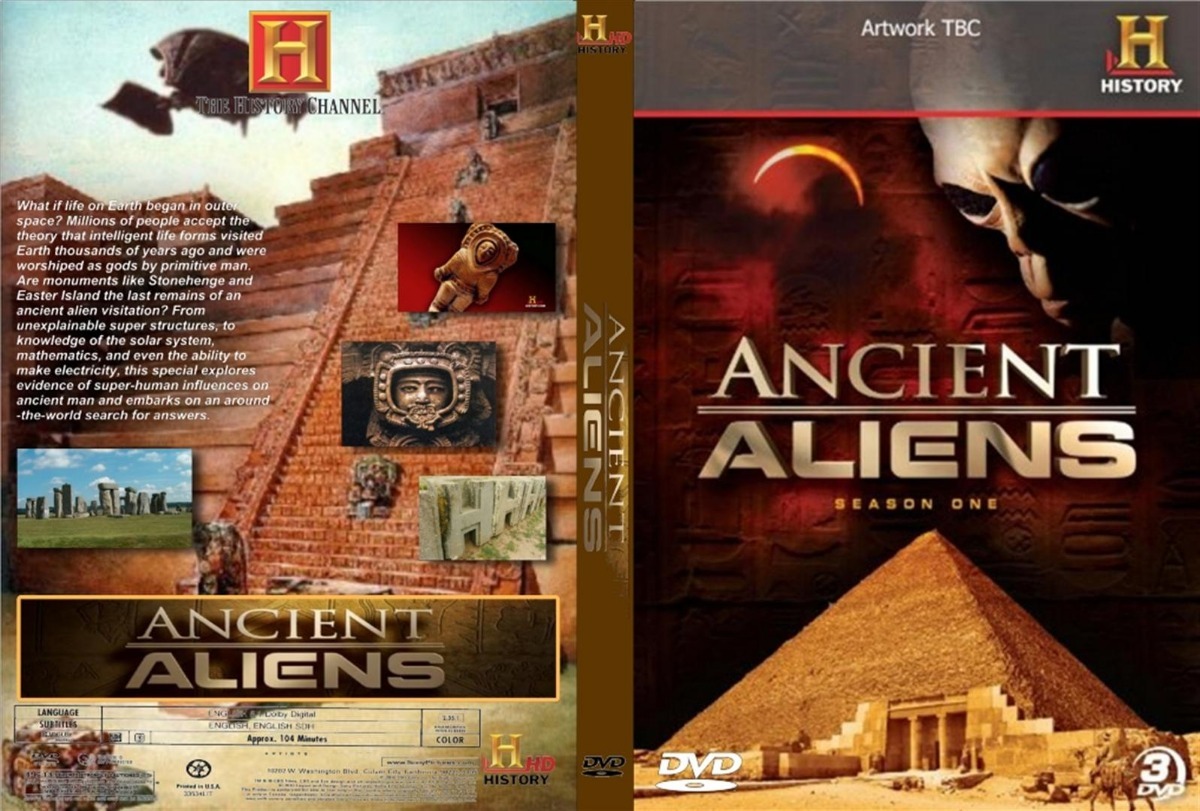


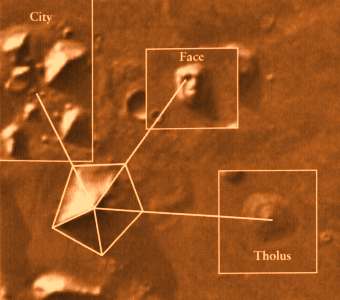

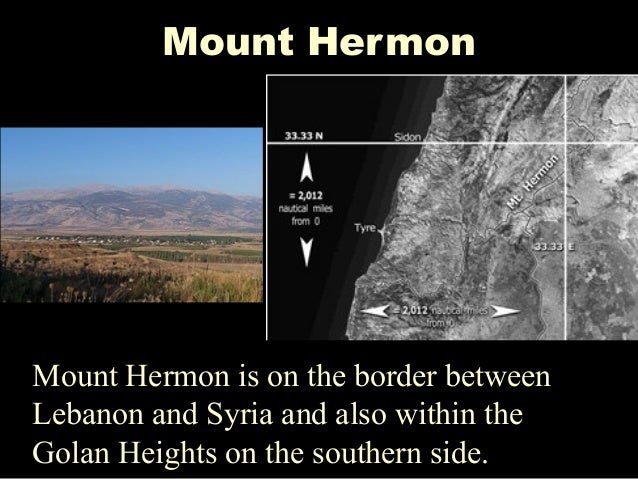






![Revelation 1:14 (lsv) - and His head and hairs [were] white, as if ...](https://img2.bibliaya.com/Bibleya/verse/revelation-1-14-lsv.jpg)























